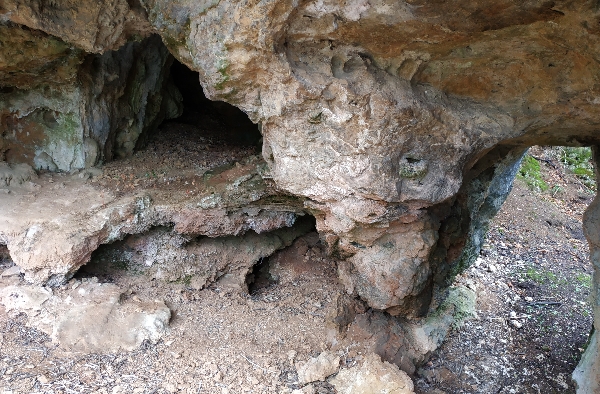The shells of marine molluscs reveal that prehistoric groups optimized available food resources
Prehistoric populations in Atlantic Europe 8,000 years ago consumed shellfish during the coldest months of the year to take advantage of the period of maximum productivity of molluscs and thus ensure their own subsistence.

This emerges from archaeological research by ICTA-UAB that has allowed the reconstruction of mollusc exploitation strategies developed by these prehistoric groups, reinforcing the idea that shellfish were consumed seasonally based on their food profitability.
In the study, recently published in the scientific journal Archaeological and Anthropological Science and led by Asier García Escárzaga, a researcher at ICTA-UAB and the Department of Prehistory at UAB, stable oxygen isotope analyses were performed on shells of the limpet Patella depressa recovered from the shell midden of El Mazo Cave (Asturias) to determine if there are seasonal changes in the exploitation patterns of these molluscs.
ICTA-UAB researchers also conducted an experimental program collecting modern samples of Patella depressa over several annual cycles to establish whether cost-benefit principles could be causing the seasonal collection pattern (if any).
The results indicate that limpets were mainly collected during the coldest months of the year by prehistoric populations that inhabited El Mazo approximately 8,000 years ago, contributing to the growing evidence suggesting that prehistoric populations occupying caves and rocky shelters in Atlantic Europe and the Mediterranean basin had a strong preference for consuming intertidal molluscs during the colder months of the year. The dataset derived from the experimental program, in which living specimens of modern molluscs were collected, broadly supports the hypothesis that shellfish exploitation strategies were designed to exploit the higher meat yield of this species, thus highlighting the ecological knowledge of these communities.
Reference of the article
García-Escárzaga, A., Gutiérrez-Zugasti, I., Arniz-Mateos, R. et al. Seasonal exploitation of intertidal resources at El Mazo (N Iberia) reveals optimized human subsistence strategies during the Mesolithic in Atlantic Europe. Archaeol Anthropol Sci 16, 76 (2024). https://doi.org/10.1007/s12520-024-01960-3